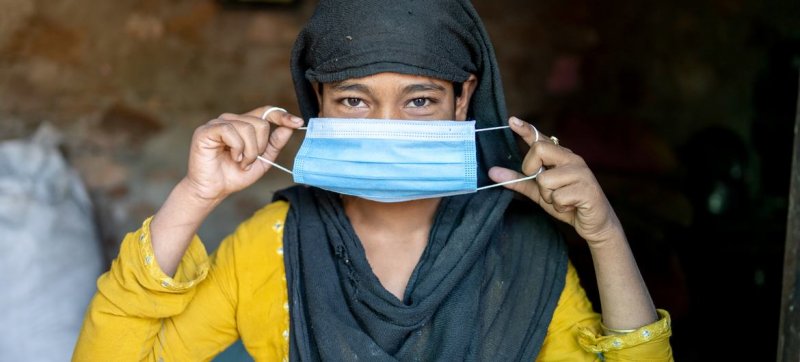Air pollution has become the second most significant risk factor for death worldwide
Air pollution increasingly impacts human health, ranking as the second leading global risk factor for death. This is highlighted in the fifth edition of the "State of Global Air" report, according to the UN News Center. The report, published on Tuesday by the Health Effects Institute, states that in 2021, air pollution was responsible for 8.1 million deaths globally. Many millions of Earth’s inhabitants already live with chronic conditions related to poor air quality, placing a significant burden on healthcare systems, economies, and societies.
The report, prepared for the first time in partnership with UNICEF, indicates that children under the age of five are particularly vulnerable. In 2021, exposure to air pollution was linked to more than 700,000 deaths among children in this age group, making it the second most significant risk factor worldwide for this demographic, after malnutrition. Of these child deaths, 500,000 were associated with household air pollution due to cooking with harmful fuels (such as coal) indoors—primarily in Africa and Asia.
Fatal Pollutions
The report offers a comprehensive analysis of the latest data from the 2021 "Global Burden of Disease" study, revealing the significant health impacts of pollutants such as fine particulate matter (PM2.5), ozone (O3), and nitrogen dioxide (NO2) on a global scale.
Over 90 percent of air pollution-related deaths worldwide—amounting to 7.8 million—are associated with PM2.5 pollution. These minute particles, with a diameter of less than 2.5 micrometers, are small enough to accumulate in the lungs and potentially enter the bloodstream, thereby affecting various organs and increasing the risk of cardiovascular diseases, stroke, diabetes, lung cancer, and chronic obstructive pulmonary disease in adults. The report indicates that PM2.5 is the most precise indicator of adverse environmental conditions.
Air Pollution and Climate Change
Air pollution from PM2.5 results from the combustion of fossil fuels and biomass in sectors such as transportation, construction, coal power generation, and industry, as well as from wildfires. These emissions not only impact human health but also contribute to the formation of greenhouse gases, which lead to global warming. The most vulnerable populations disproportionately suffer from both climate-related threats and polluted air.
In 2021, prolonged exposure to ozone resulted in the deaths of 489,518 people worldwide. As the planet continues to warm due to the effects of climate change, areas with high levels of NO2 can expect an increase in ozone levels, leading to even more adverse health effects.
Children's Health
Children are particularly vulnerable to air pollution. The harm from pollution can be felt even in the womb, and its health consequences can persist throughout life. For instance, children inhale more air per kilogram of body weight and absorb more pollutants compared to adults, while their lungs, bodies, and brains are still developing.
Exposure to air pollution in younger children is associated with pneumonia, which is responsible for one in five childhood deaths worldwide, and asthma, the most common chronic respiratory condition among older children. The mortality rate related to air pollution for children under five in Eastern, Western, Central, and Southern Africa is 100 times higher than that of their peers in high-income countries.
Source: Khovar.tj

